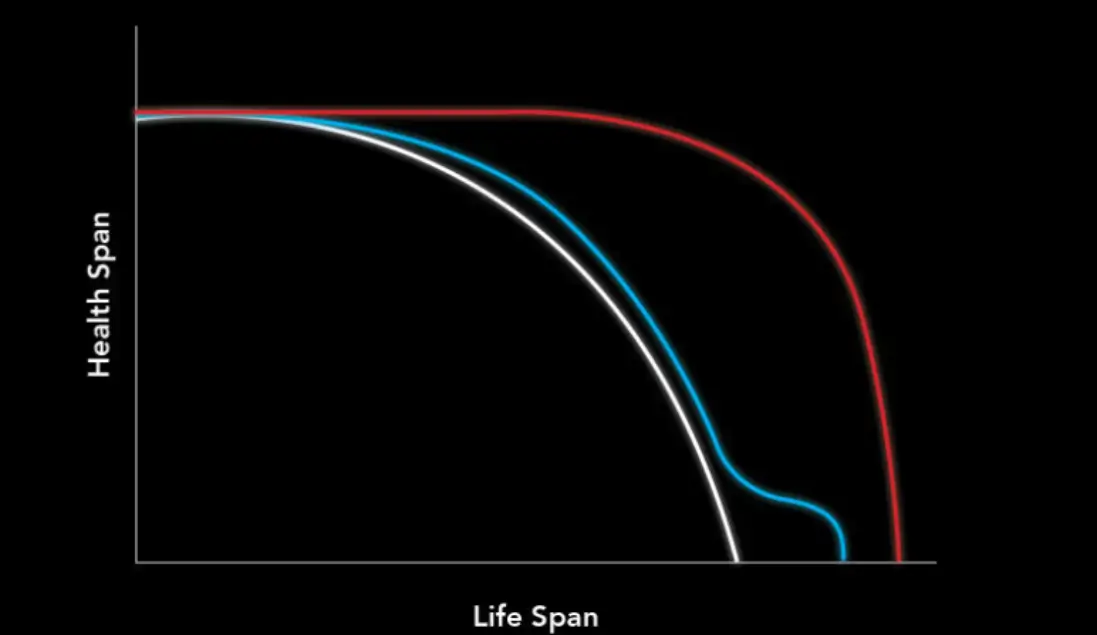Health and performance optimization
Bespoke, personalized guidance for men to optimize performance and healthspan

Performance and healthspan optimization for men
Personalised health optimization rooted in individual values and goals. It includes:
Cutting edge testosterone replacement or natural optimization based on latest medical research
Advanced cardiorespiratory testing and guidance to optimize healthspan
Gold standard body composition analysis and strength training guidance
Simple and effective nutritional and supplement guidance
An emphasis on the science of recovery to compound gains and prepare for peak performance

Your challenge
Your challenge is to be in the top tier of physical and psychological health. In doing so this not only helps us lead more fulfilled lives, but places us into the lowest risk categories of disease.
To achieve health and performance optimization you must first understand your hormonal function, cardiorespiritory fitness, body composition and psychological wellbeing.
From that baseline we can use medical research to progress toward the top tiers of human performance and longevity.
My goal is to help coach you to the top tier. We begin by organising and understanding testing and medical interventions.
OPTIMIZE YOUR HEALTH AND LONGEVITY
Explore my articles on optimizing the health fundmentals
Optimising testosterone can lead to a number of considerable structural benefits in the body, particularly in: This article will research...

ABOUT NATHAN
During his role as a doctor, Nathan became interested in preventing illness after watching patients suffer with chronic illness at the end of their lives.
Nathan set up this platform with the aim of educating and coaching clients based on the principles of performance and healthspan optimization.
Nathan received his medical degree from Keele University, UK. In the last several years Nathan has worked as a hospital doctor in a variety of specialties including cardiology, endocrinology, orthopedics, gastroenterology, surgery, acute medicine and emergency medicine. He has presented original research on reversing Type 2 Diabetes at medical conferences.
This platform and his coaching are separate from his role as a physician. Please see this disclaimer for more information.


